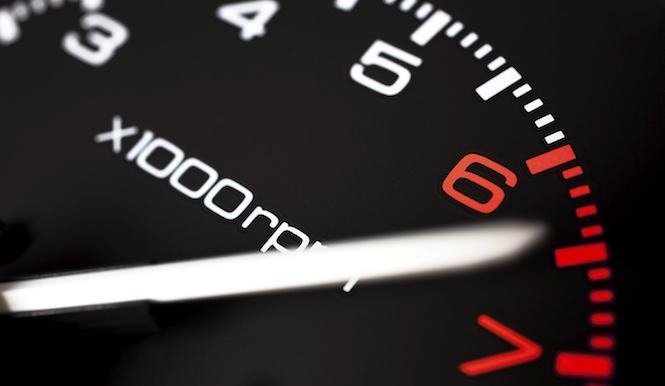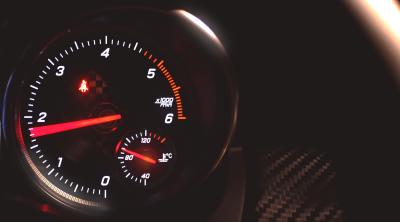Explaining what a rev limiter isn’t exactly hard, so we know you’re probably rolling your eyes right now and wondering why we’re even bothering. Well, if that’s the case, sorry for stating the obvious but it’s there to limit the maximum speed of an engine’s revolutions.
Unless you’re mechanically inclined though, is it something you’ve ever really thought about beyond that? That small detail on your car you’ll never really think about is more interesting than you think, and has one very important job.
How do rev limiters work?
We all know what the job of a rev limiter is, but have you ever thought about how they work?
There are two types of rev limiters in most cases – ‘soft’ and ‘hard’. A soft limiter is more commonly used in factory road car engines, which slows revs more gradually. You can imagine it as if the engine is pushing up against a spring. This is to place less stress on components within an engine, and it’s done by gradually cutting the engine’s fuel supply so it runs increasingly lean to halt acceleration.
In the case of a ‘hard’ limiter, this will pretty much freely rev to within 1rpm of the figurative wall before ‘bouncing’ off of it. This is usually achieved by cutting the spark or fuel supply instantly to halt combustion and creating that comparatively fierce halt. It’s more common to find this type of limiter in track cars than in road cars.
Why do cars need rev limiters?
Simply put, the rev limiter is there to prevent an engine from destroying itself from overrevving. Without it, an overspeeding engine would add stress to components beyond their designed capabilities and the result would be a very expensive mess.
That said, a rev limiter can only go so far – it won’t protect you from ‘money shifting’, dropping a gear too early. Say, you accidentally shift from third to first at full chat.
Can you remove a rev limiter?
In a factory-spec car, there’s no real reason to remove a rev limiter. There’s no benefit performance-wise beyond the redline (not to be confused with the rev limiter), although manufacturers will leave an effective safe zone beyond it before the limiter kicks in.
It’s not impossible to remove a limiter, though at the minimum you’re going to need an aftermarket ECU to do so. It’s only really advisable to increase the limiter if you’re running a heavily modified engine that necessitates higher RPM for peak power.
Read the full article here



